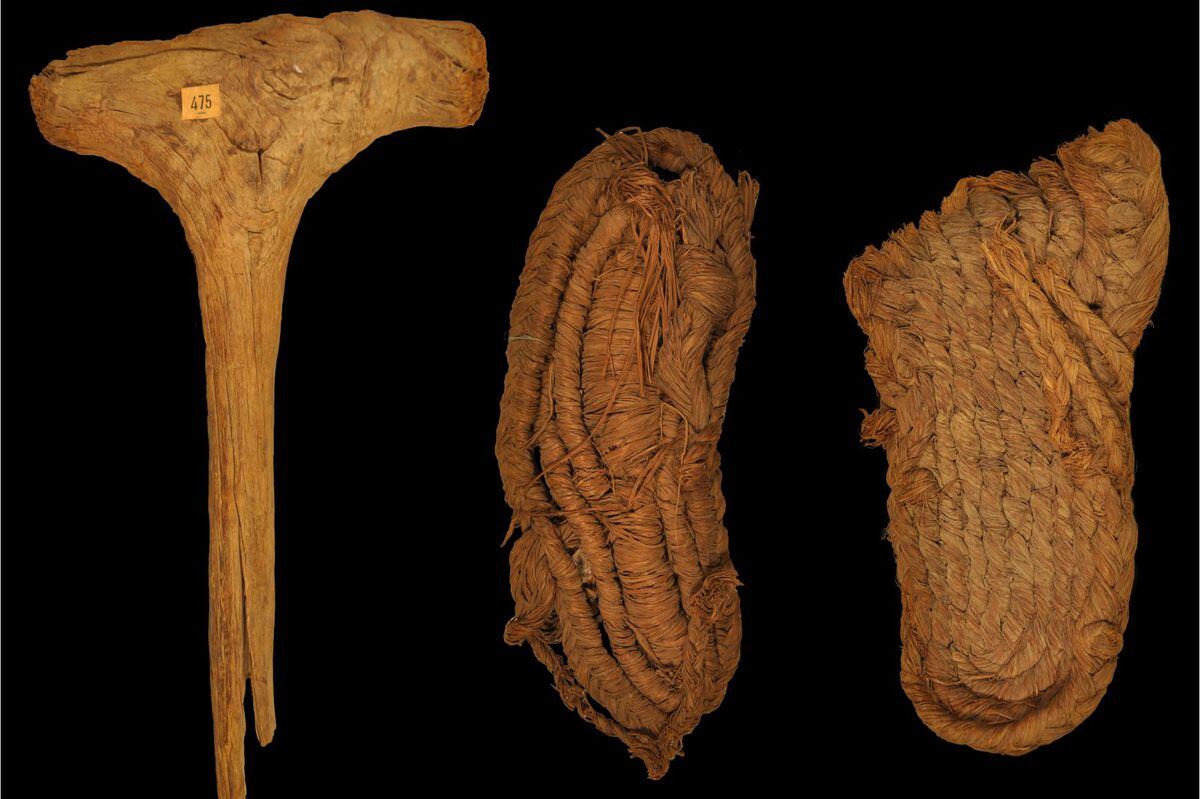The answer to the question of whether we can know when a fabric has been made is that it can be known.
In archaeology, there are basically two types of approach to finding out when a material has been produced: we can do what we call a relative chronological location or an absolute chronological location.
In relative location we try to establish a sequence;
That is, ordering the objects chronologically thanks to the context in which these materials have appeared.
In an archaeological context we know the association that exists between objects and the geological strata in which they appear and that allows us to establish a relative chronology.
For this we rely on objects of material culture whose temporal location is very standardized, and we know very well what era they belong to.
For this dating to be possible, the materials we want to date, in this case a fabric, must appear within a well-defined archaeological context, but this is not always the case.
When it is not possible to date a material with this type of relative location, we use the absolute one.
For this, there are various dating systems, although not all of them are suitable for all types of materials, due to their own nature or due to the chronological stretch that these systems cover.
If it is about dating the creation of a fabric absolutely, we will select the system to use depending on the raw material with which it is made, which will be an organic matter of plant origin or animal origin.
And we will also take into account when we estimate that this fabric was produced.
More information
Esparto sandals found in a cave in Granada, the oldest footwear in Europe
Surely, the most appropriate system would be carbon-14 dating.
This is a method that has been used since the 50s of the last century.
It is based on the fact that life on our planet is mainly related to carbon.
During their lives, organisms absorb this carbon, plants through photosynthesis and animals through the consumption of these plants.
Carbon-14 is what we call an unstable or weakly radioactive isotope, this means that these atoms decay regularly;
5,730 years after the death of a living being, the amount of carbon-14 in that organism has been reduced by half, and the decomposition of this isotope continues at this exponential rate.
If we measure the amount of carbon-14 in a fabric, we will know when the being from which the raw material used to make that fabric was obtained died.
What happens is that carbon-14 is not useful for recent tissues (nor for those that are more than 50,000 years old) because it would not give us a precise dating.
Another way to approach the chronology of these materials is to investigate the textile technology with which they were produced and the raw materials with which they were made, based on the information we extract from the archaeological and ethnographic record.
For example, what we see in Mediterranean Europe is that the oldest fabrics are normally made from plant fibers of very local origin;
Above all, in these older chronologies linen and esparto grass are used.
On the other hand, from the Bronze Age and the Iron Age, when artisanal productions began to become a little more specialized, we saw the introduction of other fibers: for example, those of animal origin such as wool began to become more widespread. much more.
To give another example, cotton is a plant fiber that has great relevance in the industrial era, and that in Europe began to be seen in the Middle Ages as an import from other areas of the world.
Marta Alcolea Gracias
is a doctor in Antiquity Sciences, a researcher in the area of Prehistory at the University of Zaragoza.
Question sent via email by
G. Noriega
Coordination and writing:
Victoria Toro
We Respond
is a weekly scientific consultation, sponsored by the Dr. Antoni Esteve Foundation and the L'Oréal-Unesco 'For Women in Science' program, which answers readers' questions about science and technology.
They are scientists and technologists, members of AMIT (Association of Women Researchers and Technologists), who answer these questions.
Send your questions to
nosotrasrespondemos@gmail.com
or on Twitter #nosotrasrespondemos.
You can follow
MATERIA
on
,
X
and
, or sign up here to receive
our weekly newsletter
.

